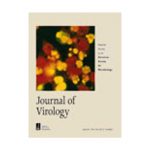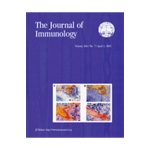Dose-reduced busulfan, cyclophosphamide, and autologous stem cell transplantation for human immunodeficiency virus-associated lymphoma: AIDS Malignancy Consortium study 020.
Spitzer TR, Ambinder RF, Lee JY, Kaplan LD, Wachsman W, Straus DJ, Aboulafia DM, Scadden DT
Abstract
Intensive chemotherapy for human immunodeficiency virus (HIV)-associated non-Hodgkin lymphoma (NHL) and Hodgkin lymphoma (HL) has resulted in durable remissions in a substantial proportion of patients. High-dose chemotherapy and autologous stem cell transplantation (AuSCT), moreover, has resulted in sustained complete remissions in selected patients with recurrent chemosensitive disease. Based on a favorable experience with dose-reduced high-dose busulfan, cyclophosphamide, and AuSCT for older patients with non-HIV-associated aggressive lymphomas, an AIDS Malignancy Consortium multicenter trial was undertaken using the same dose-reduced busulfan and cyclophosphamide preparative regimen with AuSCT for recurrent HIV-associated NHL and HL. Of the 27 patients in the study, 20 received an AuSCT. The median time to achievement of an absolute neutrophil count (ANC) of >or= 0.5 x 10(9)/L was 11 days (range, 9-16 days). The median time to achievement of an unsupported platelet count of >or= 20 x 10(9)/L was 13 days (range, 6-57 days). One patient died on day +33 posttransplantation from hepatic veno-occlusive disease (VOD) and multiorgan failure. No other fatal regimen-related toxicity occurred. Ten of 19 patients (53%) were in complete remission at the time of their day +100 post-AuSCT evaluation. Of the 20 patients, 10 were alive and event-free at a median of 23 weeks post-AuSCT. Median overall survival (OS) was not reached by 13 of the 20 patients alive at the time of last follow-up. This multi-institutional trial demonstrates that a regimen of dose-reduced high-dose busulfan, cyclophosphamide, and AuSCT is well tolerated and is associated with favorable disease-free survival (DFS) and OS probabilities for selected patients with HIV-associated NHL and HL.





